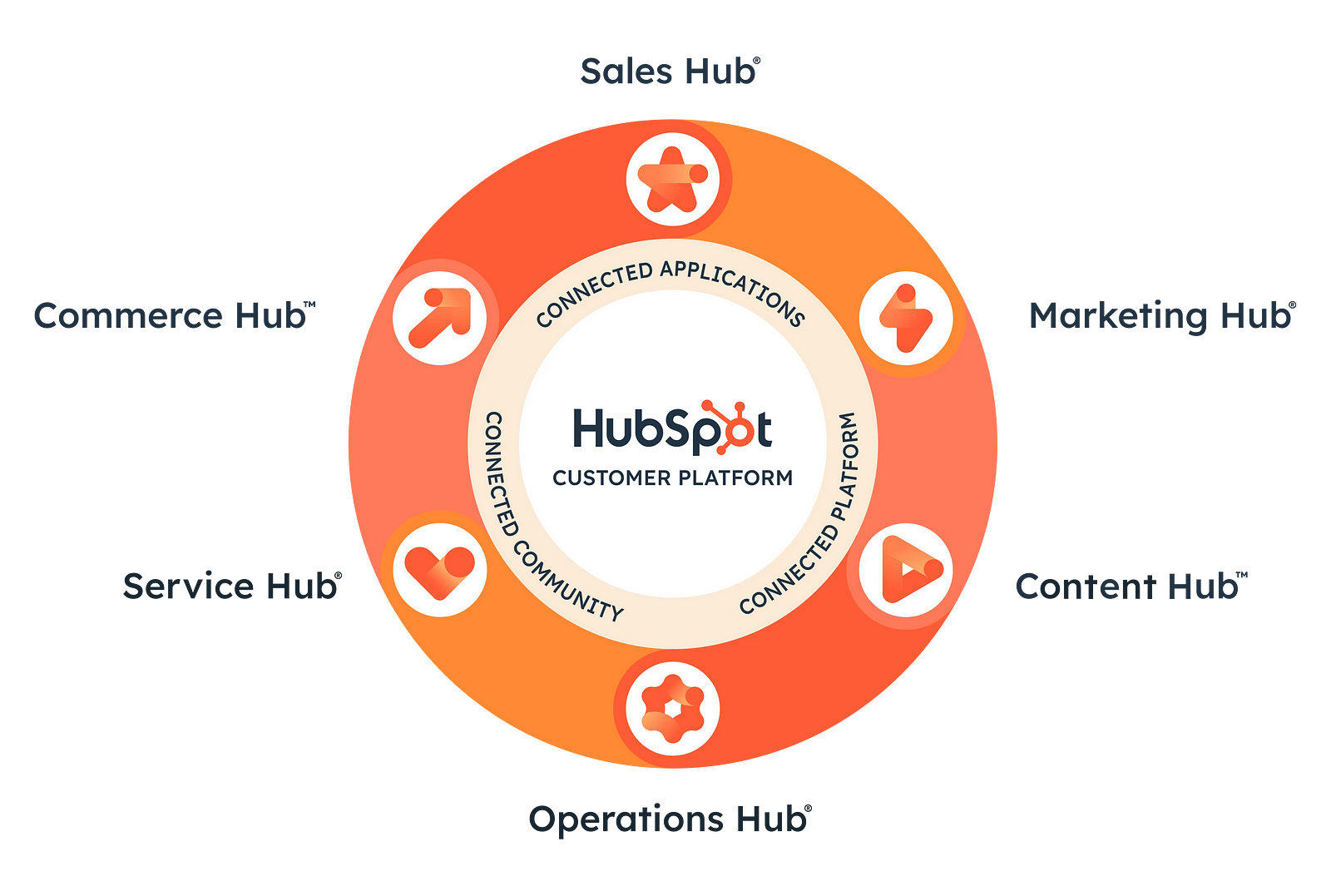🚀 HubSpot for Data Engineers: The Ultimate Power Tool to Supercharge Your Workflow 💻📊
🚀 HubSpot for Data Engineers: The Ultimate Power Tool to Supercharge Your Workflow 💻📊
When you hear “HubSpot,” you may think CRM or marketing automation. But did you know it can be a data engineer’s secret weapon? 🔍 As businesses become more data-driven, tools like HubSpot — when used smartly — can empower data engineers to automate, analyze, and optimize like never before. Let’s dive deep into the features of HubSpot that can elevate your data engineering game! 🧠⚡

🔧 1. HubSpot API: Data Pipelines Made Easy
📌 What It Does:
HubSpot’s powerful REST APIs let you pull contacts, deals, emails, and marketing events into your data lakes or warehouses.
📘 Example:
Suppose your team uses Snowflake or BigQuery for analytics. You can write a Python script or use Airbyte/Fivetran to pull contact and engagement data directly from HubSpot’s API every night.
# Simple Python script to fetch contacts
import requests
url = "https://api.hubapi.com/crm/v3/objects/contacts"
headers = {"Authorization": "Bearer YOUR_ACCESS_TOKEN"}
response = requests.get(url, headers=headers)
data = response.json()✅ Pro Tip:
Use the updatedAt property to implement incremental loads and reduce API usage! 📉
📤 2. Webhooks & Event Triggers: Real-Time Magic
📌 What It Does:
HubSpot allows you to set up webhooks for real-time notifications when specific events occur (e.g., a contact is created or deal is updated).
📘 Example:
You can trigger a real-time update to your internal dashboard when a lead status changes to “Sales Qualified Lead (SQL)”.
{
"event": "contact.propertyChange",
"propertyName": "lifecyclestage",
"newValue": "salesqualifiedlead"
}✅ Pro Tip:
Use webhooks to trigger serverless functions (e.g., AWS Lambda) to instantly update analytics dashboards or notify your Slack channel.
🧩 3. Custom Properties & Data Modeling: Shape the CRM to Fit You
📌 What It Does:
HubSpot lets you create custom properties on contacts, companies, deals, and tickets to track what matters most to you.
📘 Example:
You can add a custom property like data_pipeline_status to track where a lead is in your internal processing workflow.
{
"name": "data_pipeline_status",
"label": "Data Pipeline Status",
"type": "enumeration",
"options": ["ingested", "processed", "flagged", "completed"]
}✅ Pro Tip:
Use these custom fields to tag records based on data quality scores or segmentation categories — perfect for machine learning models or reporting. 📈
📡 4. Native Integrations with ETL Tools: Less Code, More Flow
📌 What It Does:
HubSpot integrates with popular tools like Fivetran, Airbyte, and Hevo, making it easy to sync CRM data into your warehouse.
📘 Example:
Set up a Fivetran connector that pulls all email engagement and deal movement data into your Redshift instance for advanced funnel analytics.
✅ Pro Tip:
Schedule syncs in off-peak hours and build DBT models to clean and transform HubSpot data for dashboards. 📊
📈 5. Reports & Dashboards: No-Code Analytics for Quick Insights
📌 What It Does:
HubSpot has built-in tools for creating custom reports using your CRM data — great for non-technical stakeholders.
📘 Example:
Create a dashboard showing average time in each sales stage and number of SQLs per marketing campaign.
✅ Pro Tip:
Use these dashboards to validate your pipeline models or compare your internal data warehouse metrics against HubSpot’s tracked data.
🔐 6. HubSpot Data Sync: Two-Way Power with Other Apps
📌 What It Does:
With HubSpot Data Sync, keep customer data consistent across tools like Salesforce, Zendesk, and Intercom.
📘 Example:
Push enriched customer data (like churn prediction scores) from your ML model into HubSpot via APIs so sales can see insights directly.
✅ Pro Tip:
Use HubSpot Workflows to take actions based on enriched data (like sending follow-up emails or assigning leads). 🔁
🎯 7. Workflows: Automate Data Tasks Like a Pro
📌 What It Does:
Workflows in HubSpot aren’t just for marketers. They’re powerful automation tools for data routing, tagging, and notifications.
📘 Example:
Create a workflow that updates the lead score property based on recent activity + assign it to a rep when score > 80.
✅ Pro Tip:
Chain multiple workflows to mimic ETL-like behavior inside HubSpot without writing a single line of code!
🧠 Best Practices for Data Engineers to Get the Most Out of HubSpot 🧠
✅ Use Versioning: Keep a record of property and schema changes.
✅ Leverage Audit Logs: Monitor who changed what in your CRM data structure.
✅ Build a Data Dictionary: Maintain documentation for custom fields used in your pipelines.
✅ Track API Limits: HubSpot APIs have quotas. Design your ETL jobs accordingly.
✅ Segment Data Smartly: Use lists and filters to minimize data overload when pulling via APIs.
✅ Security First: Always rotate API keys, use OAuth where possible, and control app access wisely.
✨ Final Thoughts
HubSpot is not just a CRM — it’s a data goldmine for engineers who know how to tap into it. Whether you’re syncing data, building ML pipelines, or automating workflows, HubSpot can be your silent but powerful ally. ⚡
So go ahead, unlock the full potential of HubSpot, and let your data engineering workflows scale effortlessly! 📈🔥
Comments
Post a Comment